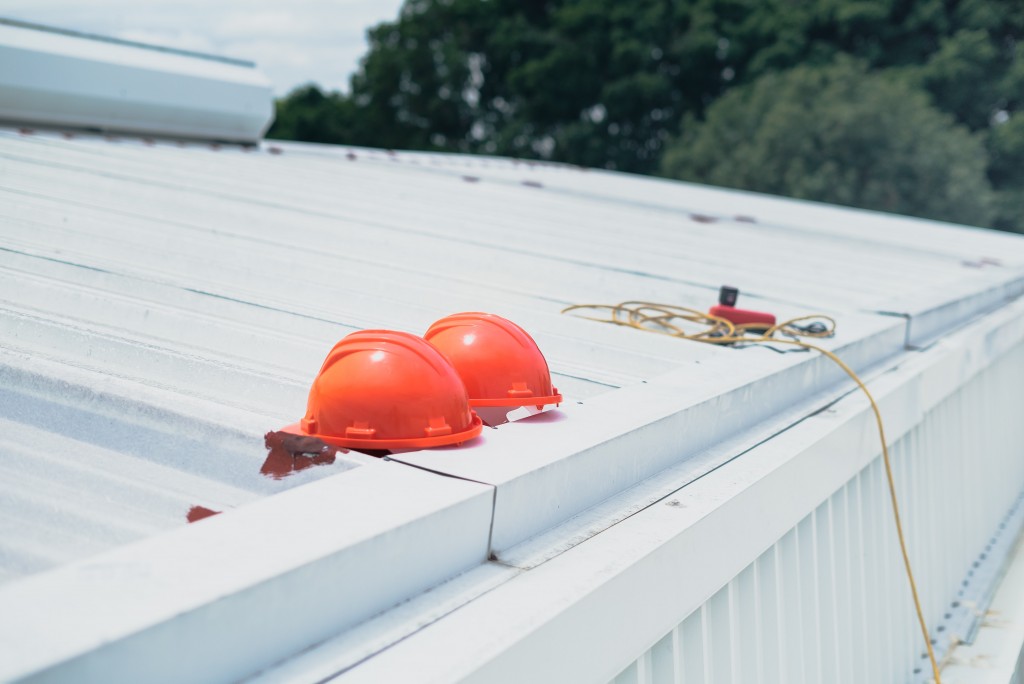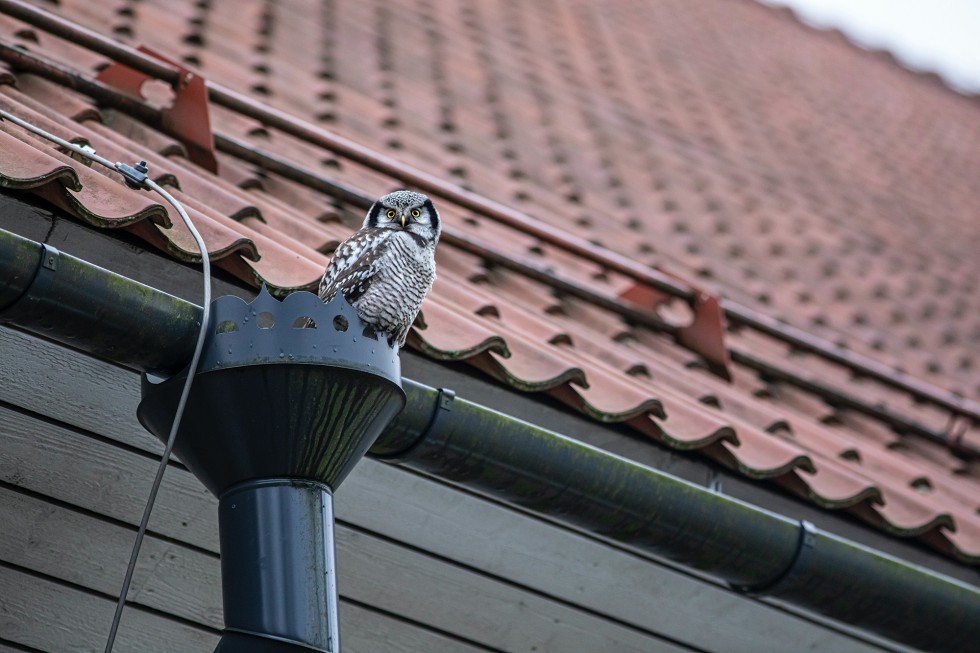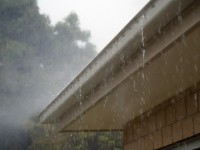Even though most homeowners underestimate the value of this home element, rain gutters are an indispensable part of any house. They protect your home from extensive humidity and as a result future mold problems. Their primary function is to capture water falling on your home’s roof, then control its movement, and direct it to the right place. In this article, you will learn everything about the types of rain gutters as well as their differences and application peculiarities.
Types of rain gutters
Rain gutters differ depending on the material they are made of, style, size, color, and their construction (sectional or seamless).
Rain gutter material
-
Aluminum
Aluminum rain gutters are the most common type of gutters used by homeowners. There are plenty of reasons “why” but the most important ones are that aluminum is very light and so can’t lead to the roof damages; the material is corrosion-resistant and easy to work with (which is why most gutter installation and repair contractors will also go with this type); the variety of aluminum gutters is also broad offering homeowners a great choice; and the cost of aluminum rain gutters is the most affordable.
-
Copper
The lifespan of copper rain gutters is similar to the aluminum ones. However, the long-term advantage of copper is that gutters made of this material are stronger than aluminum due to the standard (16oz) used for copper. Many homeowners go with copper gutters merely because they won’t have to deal with the repainting issue again because copper doesn’t mildew like any painted surface. The cost of copper gutters is a little higher than of aluminum units.
-
Galvanized steel
These are steel rain gutters that are coated with a layer of zinc. Zinc offers greater sturdiness; however, it doesn’t protect the units against rust. In case of galvanized steel gutters, proper installation is essential because otherwise, you will have to deal with standing water. Professional rain gutter cleaners advise inspecting and cleaning the units more often to prevent clogging and premature rusting.
-
Galvalume
Galvalume is a kind of steel coated with aluminum and zinc. Such a combination of materials offers strong and durable metal with great long-term corrosion resistance. The main disadvantage of galvalume rain gutters is that installation of these units takes much more time and much more careful professional work.
-
Zinc
Zinc gutters are usually made of zinc with small admixtures of copper and titanium. These gutters, just like the copper units, don’t require any painting and are extremely strong against weathering and corrosion. These gutters have over twice the lifespan and require very little maintenance if compared to aluminum.
-
Vinyl
These gutters are a more affordable alternative to aluminum units. They are the easiest type of rain gutters regarding installation because they come in pre-cut sections and are very lightweight. The lifespan of vinyl units is not long due to the fragile nature of the material.
Rain gutter styles
Below you can find only the most common gutter styles. The market of rain gutters continues to grow and develop new styles. So in case none of the options below match your needs, don’t despair; all you need is write down your requirements and demands to the gutters and discuss other options with your rain gutters installation expert.
-
K style rain gutters
These gutters got their name not because of their shape, but due to the naming conventions of (SMACNA). They are usually 5-inch aluminum units. K-style rain gutters are the most popular option in the market due to their decorative crown molding appearance. You can also find these gutters under the name “ogee gutters.”
-
Fascia rain gutters
Fascia rain gutters are generally installed on houses where fascia boards have not been installed. Basically, the smooth face of these rain gutters performs the function of the fascia boards; this means that the edge gets hidden of the rafter tails from view.
-
Half round rain gutters
The name of these rain gutters explains their nature. They are half-circle outlets with the open half facing the roof. This type of rain gutters is shallower than the K-5 gutters, so even the slightest leveling issue or any debris inside of the units will cause overflowing. Hidden hanger systems are also not possible in this case because half round gutters don’t have a flat back.
-
European rain gutters
This is one of the oldest and so functional types of rain gutters that has been used for many centuries. This type is usually distinguished by a gutter bead that turns to the outside and a half round gutter style.
Rain gutter colors
Now, as you know the basics of material and style for rain gutters, it’s time to decide on the color. Experts in gutter cleaning and installation advise going with the color that matches not the exterior home color, but the roof in order to visually hide their presence. Try also to choose the color that will be easy to mix in the future should you be in need of repainting.
Rain gutter sizes
There are two basic numbers existing in the rain gutters terminology: “5-inch” and “6-inch.” They refer to the width of the unit across the gutter’s top. As a rule, the 6-inch rain gutters are pointless for most homes; the only difference they make is that once the outlet clogs, you will not 3, but 5 minutes before the gutter overflows. If you know that your area is prone to precipitation, experts advise installing leaf protection to keep the outlets from getting damned-up and let them still be functioning.
Rain gutters construction: sectional vs. seamless
Rain gutters construction can be either sectional or as one continuous piece, that is seamless. If you plan to install the gutters yourself, then go with the sectional type for the ease of installation. Sections are usually 10 ft. long with the snap-in-place connectors. Even though sectional gutters are easier to install, and replace in the future, they start leaking significantly faster than seamless units.
Seamless gutters don’t leak – and it’s their main advantage. All the sections, in this case, are joined only at inside and outside corners. It’s a rare case that you will be able to install seamless gutters yourself because they require on-site customization with a portable gutter machine.

You now are aware of the main types of rain gutters available in the market. There are many considerations that any homeowner needs to take into account, but if you plan to work without professional help, then go for aluminum sectional gutters to avoid assembling problems and get low maintenance outlets.





